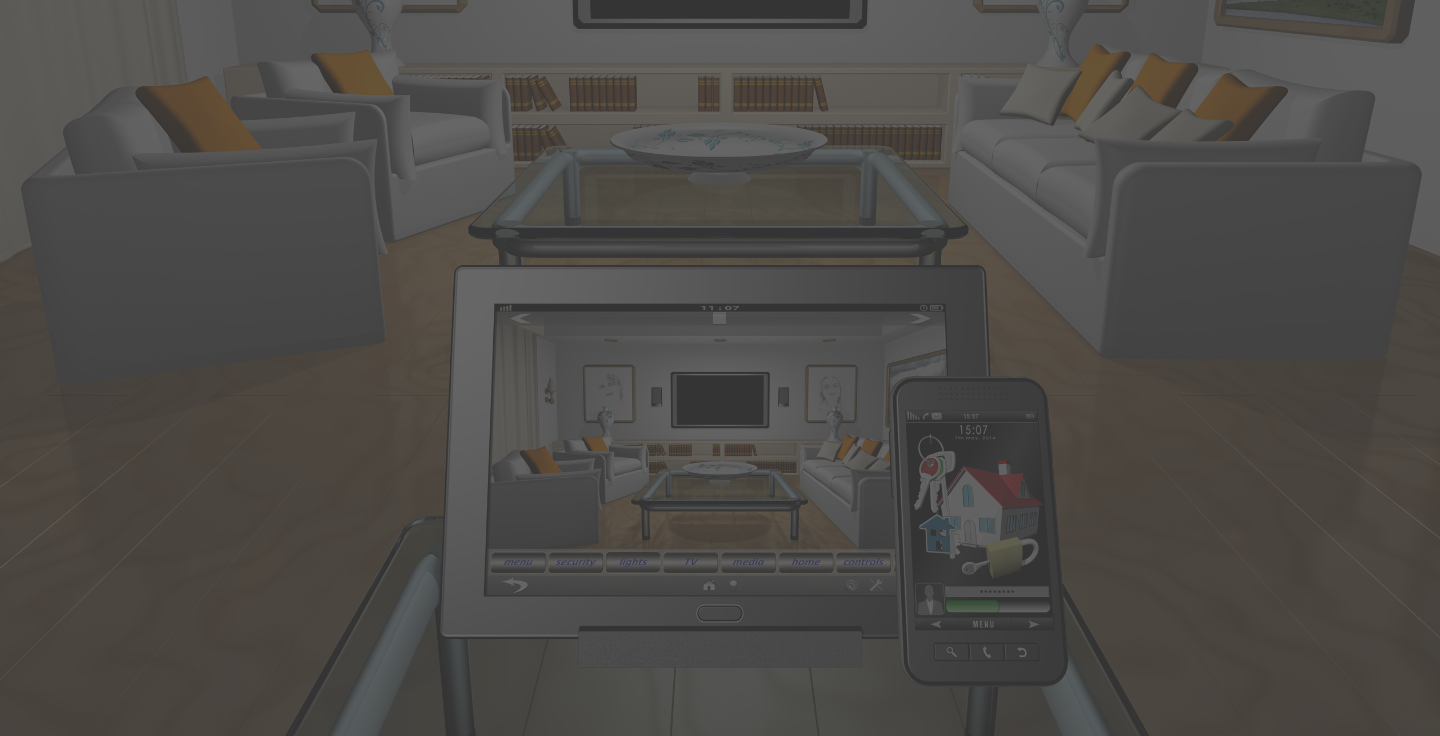

The digital age is driving dramatic transformation within the cable television business. In recent years, a long-held reputation for poor customer service coupled with rising programming costs have resulted in a substantial increase in cord-cutters as consumers continue to drop subscription television contracts in favor of over-the-top streaming services like Netflix, Hulu and Amazon Prime.
While the broadband business has helped to buoy the revenue stream for cable TV providers, companies are facing increasing competition from wireless carriers as younger generations of consumers spend more time viewing content on alternate devices such as computers, smartphones, tablets or gaming devices rather than televisions.
Cable and broadband providers also are adapting to a new reality of consumers who demand choice and control—they want service delivered where they want, when they want and on their preferred devices. Companies are now shifting their strategies to focus on improving the customer experience and delivering effortless technical support.
How? By investing in better ways to service customers, including providing an omni-channel experience and self-help solutions like diagnostic apps and tools.
Cable and broadband providers are undergoing considerable changes to their business models and infrastructures to meet the demands of digitally savvy, always connected consumers. During this transformation, companies are facing several key service-related challenges:
Cable and broadband companies are turning to elite outsourcing providers to provide expertise in designing omni-channel service strategies, implementing digital channels and applying analytics to improve the customer experience and generate more revenue. CustomerServ has unparalleled expertise in helping cable and broadband companies to accomplish their goals through effective outsourcing strategies and smart vendor selection.
1 In the 2017 American Customer Satisfaction Index, the cable industry came in dead last (tied with ISPs) with a score of 64%.
2 According to eMarketer, in 2017, 22.2 million U.S. adults cut the cord on cable, satellite or telco TV service, up 33% from 2016.
3 According to a Pew Research Center survey, six in 10 (61%) of consumers who are 18 to 29 years old say that the primary way they watch television now is with streaming services on the internet.
4 Twenty-four percent of Americans currently have between six and 10 connected devices in their homes. Gartner reports that IoT-enabled devices will reach 20.4 billion globally by 2020, almost doubling from an estimated 11.1 billion in 2018.

The entire customerserv.com website is © Copyright 2022 by CustomerServ, Ltd. All Rights Reserved.
The customerserv.com site and its content may not be copied or duplicated in whole or part by any means without express prior agreement in writing.
Some photographs or documents contained on the site may be the copyrighted property of others; acknowledgment of those copyrights is hereby given.
All such material is used with the permission of the owner.